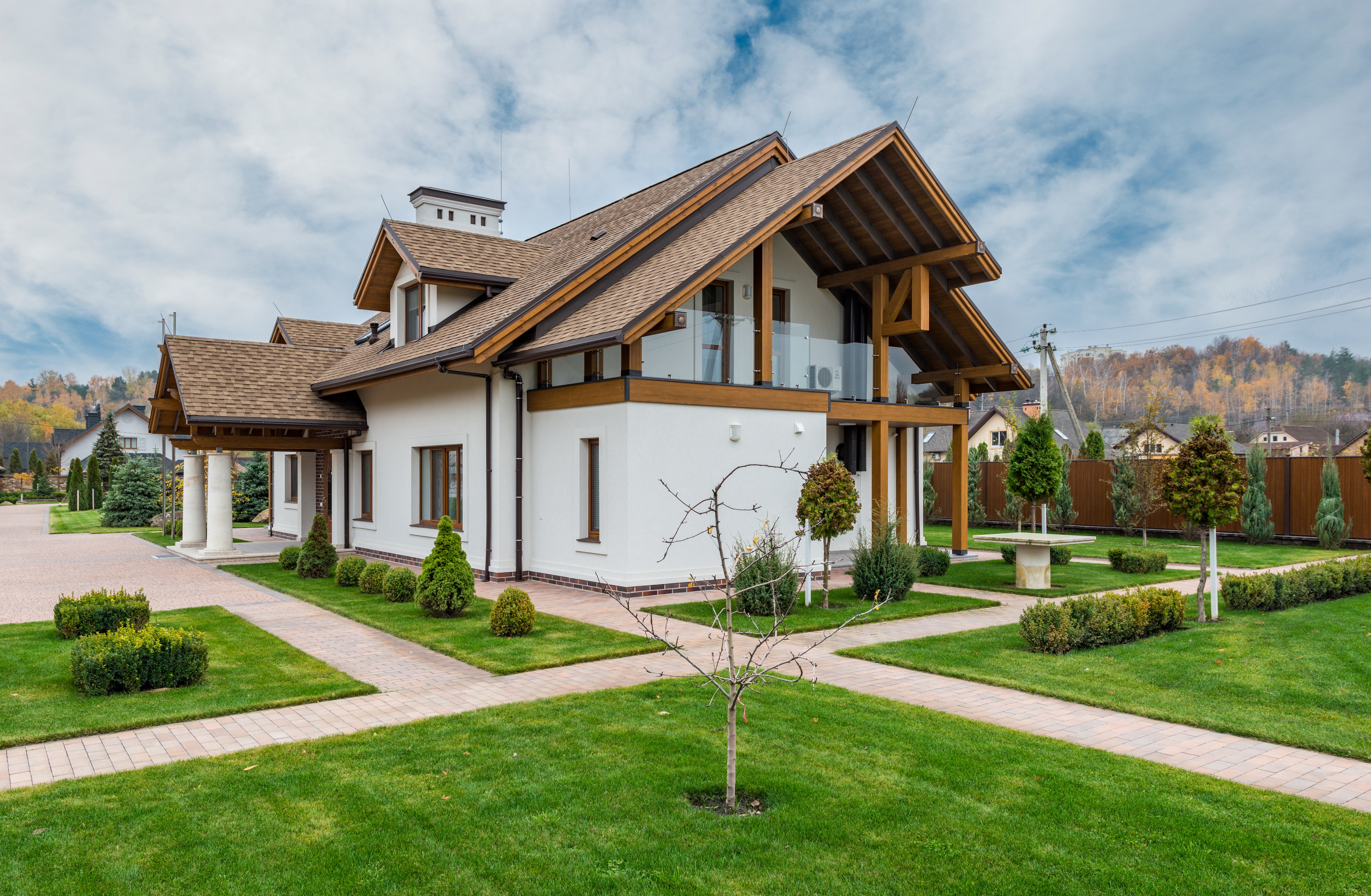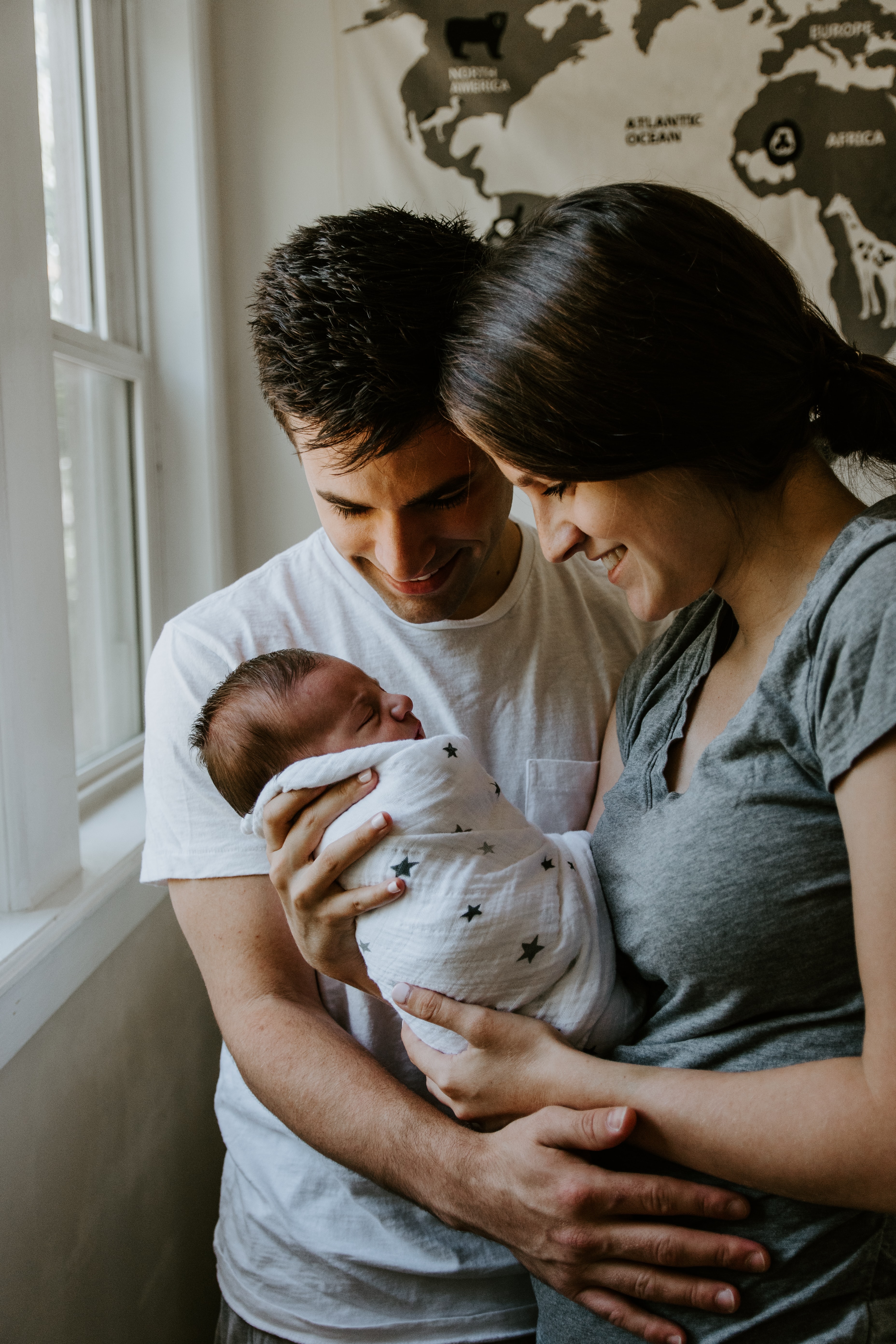
Home Loans
we’ve been helping homebuyers and homeowners get the financing they need to buy a new home, refinance an existing mortgage, or consolidate high-interest debt. Customer satisfaction is our highest priority, and we are always developing new loan products to fit the individual needs of our borrowers. When you work with us, you’ll discover why getting a mortgage is so much better when you Embrace it.
A standard variable rate is dubbed as the most popular home loan option for Australians. There are many reasons why it is the preferred type of home loan. It is flexible, while remaining simple enough that even first-time borrowers can take advantage of its features. Additionally, its fees are minimal, making it an excellent choice for those who want to purchase a home. These loans offer great flexibility and come with various features including a redraw option, lump-sum repayments without penalties and 100% offset facility.
What is a Standard Variable Home Loan Rate? The standard variable rate, or SVR for short, is based on variable rates. It means that its interest rate can fluctuate depending on the Reserve Bank of Australia (RBA) and its cash rate changes. It has a low-interest rate, and you can benefit from its many features.
Features & Benifits.
- Unlimited Extra Repayments
- Redraw Facility
- Unlimited offset Account
- Credit Card
- Earn rewards such as cash back or miles points.
- Protection against some types of credit card fraud.
- Easily manage your credit and home loan payments online.
You can pay additional repayments on top of the minimum monthly repayments. When you do so, you will not have to worry about the extra charges. For instance, you can add $500 to your $2,500 monthly repayments, and pay off your mortgage much sooner. You can go back to the minimum repayment amount the next month if you find that you can no longer make additional payments.
With this facility, you can withdraw the repayments that you have paid for the loan. This can be useful if you find yourself in a temporary tight situation.
A savings account can be attached to your loan, which can offset the interest of the amount you have borrowed. For example, your loan is $600,000. If you have $50,000 in your savings or offset account, you only have to pay interest on $550,000. It is beneficial because the amount you need to pay for the home loan is larger than the interest that you have saved on your offset account. You can split your loan so you can make extra repayments and redraws. SVR is therefore useful for most common mortgage situations.
A credit card can be attached to you account, which is one of the most
accepted forms of payment. it can
also help you manage you payments more effectivley.
Other Benifits of Credit cards.

First Home owner Grants & Schemes
Government Shared equity scheme
The NSW Government will pay a proportion of the purchase price of a property in exchange for an equivalent ownership share of the property. The NSW Government equity contribution is up to 40 per cent of the purchase price of a new dwelling and up to 30 per cent of the purchase price of an existing dwelling. The purchaser must have a minimum deposit of 2 per cent of the purchase price, with no lenders mortgage insurance required. No repayments are required on the equity contribution and no rent or interest will be charged while a participant remains eligible for the scheme. Participants can make voluntary payments to progress to full ownership of their property. For more information, please visit NSW government website.

Eligibility:
The shared equity scheme is open to:
- a single parent of a child or children under 18 years of age
- a single person 50 years of age or above, or
- first home buyer key workers who are nurses, teachers or police.
- Shared Equity Home Buyer Helper will be expanded to allow eligible victim-survivors of domestic and family violence to apply for the program. More information on how to apply will be coming soon.
The gross income of the household must be no more than $93,200 for singles and $124,000 for couples.
The participant must be buying a home with a property price less than $950,000 in Sydney and major regional centres (Newcastle, Lake Macquarie, Illawarra, Central Coast, North Coast of NSW) or less than $600,000 in other regional areas.
The participant must be at least 18 years of age and be an Australian or New Zealand citizen, or a permanent Australian resident.
The participant must have a minimum deposit of 2 per cent of the purchase price.
The participant must occupy the property as their principal place of residence.
The participant must not own an interest in any land in Australia or overseas at the time of purchase.
The participant must not be able to service the mortgage for the property purchase without the Government equity contribution but be able to service the mortgage with a participating lender with the Government equity contribution.
Participants in the shared equity scheme would remain eligible for First Home Buyer assistance and any duty or land tax concessions.
Ongoing obligations:
To maintain eligibility, participants’ ongoing obligations include:
- Annual review: Each year following the property purchase, scheme participants will be required to complete an annual review and provide supporting information to ensure their continued eligibility for the shared equity scheme.
- Maintenance and improvement of property: Participants are required to maintain their property and keep things in good working order. The Government must approve certain modifications or renovations so that the value of this changes can be factored into the eventual sale price of the property.
- Responsibility for property costs: Property costs such as council rates, body corporate fees, water and home loan repayments are the responsibility of the participant.
A participant will be required to begin repayment of the Government’s equity contribution in certain situations, including where they no longer meet eligibility criteria. Revenue NSW will work with participants in meeting this obligation.
If a participant’s income exceeds the applicable threshold on two consecutive annual review reporting dates, they will be required to begin repayment of the Government’s equity contribution.
NSW First Home Owners Grant (FHOG)
From 1 August 2020, the NSW government increased the threshold for stamp duty exemption for first home buyers from $650,000 to $750,000 for newly built homes. For more information, please visit NSW Revenue Office’s website.
First home buyers in NSW may be eligible for a:
- $10,000 First Home Owners Grant for a new home that no-one has lived in before.
- Full transfer (stamp) duty concession for both new and established properties valued up to $650,000, and partial concession for homes valued between $650,000 and $800,000.
- No stamp duty for vacant land valued at less than $350,000. And for land valued between $350,000 and $450,000, you’ll receive a concessional rate.
The First Home Guarantee (FHBG)

The First Home Guarantee (FHBG) is part of the Home Guarantee Scheme, an Australian Government initiative to support eligible first home buyers purchase a home sooner.
It is administered by the National Housing Finance and Investment Corporation (NHFIC) on behalf of the Australian Government. For more information, please visit NSW NHFIC Office’s website.
Under the FHBG, part of an eligible first home buyer’s home loan from a Participating Lender is guaranteed by NHFIC. This enables an eligible home buyer to purchase a home with as little as 5% deposit without paying Lenders Mortgage Insurance.
Any guarantee of a home loan is for up to a maximum amount of 15% of the value of the property (as assessed by your lender). This guarantee is not a cash payment or a deposit for a home loan.
Under the FHBG, 35,000 places are available to eligible first home buyers from 1 July 2022 – 30 June 2023.
Eligibility:
- applying as an individual or couple (married / de facto).
- an Australian citizen(s) at the time they enter the loan.
- at least 18 years of age.
- earning up to $125,000 for individuals or $200,000 for couples, as shown on the Notice of Assessment (issued by the Australian Taxation Office).
- intending to be owner-occupiers of the purchased property.
- a first home buyers who have not previously owned, or had an interest in, a property in Australia.
First Home Buyer Choice (FHBC)
Changes to the NSW property tax system will give first home buyers the choice between paying an annual property tax or stamp duty.
It is The NSW Government has announced that first home buyers purchasing properties for up to $1.5 million will be able to choose to pay an annual property tax instead of stamp duty. The property tax will only be payable by first home buyers who choose it, and will not apply to subsequent purchasers of a property. This initiative will lower the up-front costs of home purchases and help to boost the rate of home ownership in NSW. With rising home prices, home ownership has declined from around 70 per cent in the 1990s to around 64 per cent today. The decline in home ownership has been particularly evident among younger and lower income groups. The savings required to meet the up-front costs of a home purchase are an important barrier for many would-be purchasers. Removing the obligation to pay stamp duty will lower these up-front costs and cut up to two years off the time needed by many first home buyers to save for a home. Existing stamp duty concessions for first home buyers are available for purchases of up to $800,000, and these concessions will continue. The property tax option will be available for properties for up to $1.5 million, helping a broader group to become first home buyers. In total, these measures will offer support to about 97 per cent of all first home buyers, or about 55,000 people per year.
Eligibility:
- you must be an individual (not a company or trust)
- you must be over 18 years old
- you, or at least one person you’re buying with, must be an Australian citizen or permanent resident
- you or your spouse must not have previously:
- owned or co-owned residential property in Australia
- received a First Home Buyer Grant or duty concessions.
- The property you are buying must be worth less than or equal to $1.5 million
- You must move into the property within 12 months of purchase and live in it continuously for at least 6 months
- You must sign the contract of purchase on or after the scheme commencement date (click here for details).


What types of loans are available?
Principal and interest loans:Most people get this type of home loan. You make regular repayments on the amount borrowed (the principal ), plus you pay interest on that amount. You pay off the loan over an agreed period of time (loan term), for example, 25 or 30 years.
Interest-only loans:For an initial period (for example, five years), your repayments only cover interest on the amount borrowed. You aren't paying off the principal you borrowed, so your debt isn't reduced. Repayments may be lower during the interest-only period, but they will go up after that. Make sure you can afford them
Fixed Rates:A fixed interest rate stays the same for a set period (for example, five years). The rate then goes to a variable interest rate , or you can negotiate another fixed rate. Pros: Makes budgeting easier as you know what your repayments will be. Fewer loan features could cost you less. Cons: You won't get the benefit if interest rates go down. It may cost more to switch loans later, if you're charged a break fee .
Variable Rates:A variable interest rate can go up or down as the lending market changes (for example when official cash rates change). Pros: More loan features may offer you greater flexibility. It's usually easier to switch loans later, if you find a better deal. Cons: Makes budgeting harder as your repayments could go up or down. More loan features could cost you more.
Partially-fixed rate:If you're not sure whether a fixed or variable interest rate is right for you, consider a bit of both. With a partially-fixed rate (split loan), a portion of your loan has a fixed rate and the rest has a variable rate. You can decide how to split the loan (for example, 50/50 or 20/80).
How can we help?
As mortgage brokers, we can:- Apply for all the grants you’re eligible for
- Make the entire end-to-end process simpler for you
- Help you get a competitive interest rate on your home loan
- Make finding a property easier with suburb reports, and property reports of your choosing
- Order a free upfront valuation
- Help you through settlement and beyond.